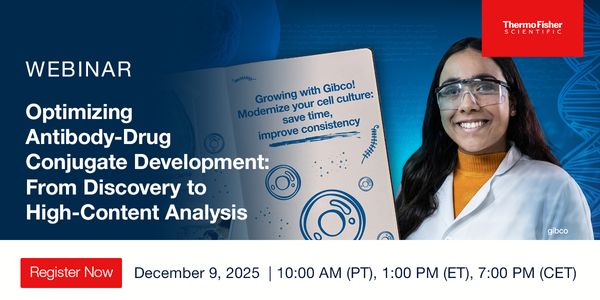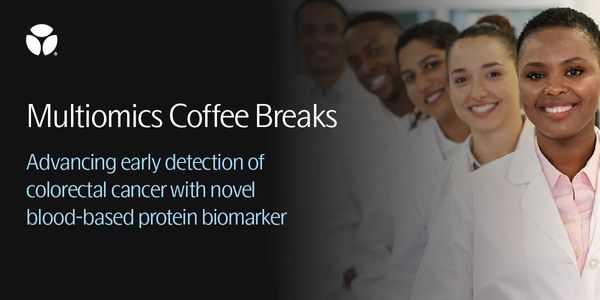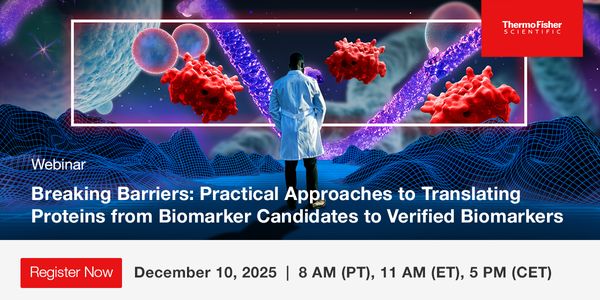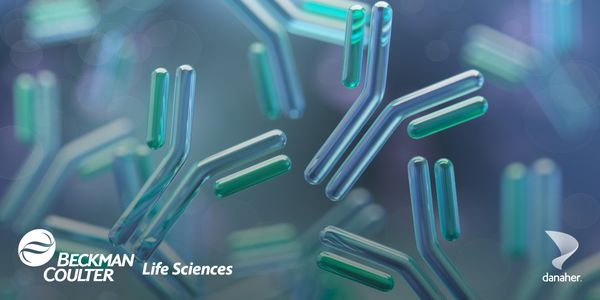Research Assistant
BIOGRAPHY
SEP 20, 2016 8:00 AM PDT
Use of Surface Plasmon Resonance for Probing Cell-Matrix Interactions
Speaker
Event Date & Time
DATE: September 20, 2016
TIME: 8:00am PST, 11:00 EST
TIME: 8:00am PST, 11:00 EST
Abstract
Studies of cell-substrate interactions are important for an array of biotechnology applications. The nature of specific, receptor-ligand type interactions, and non-specific physical adhesive interactions is an area that is actively being pursued by many laboratories in the fields of biomedicine, biotechnology and biophysics. The Reichert SR7500DC dual channel system is ideally suited for such applications since you can use a large tubing diameter that allows for the perfusion of cells and because its open design architecture allows for ready manipulation of the SPR substrate. In this webinar, we will present two examples where the Reichert SR7500DC dual channel system has been used for studying cells: 1. Human white blood cell (HL-60) adhesion/capture by the endothelial cell adhesion molecule P-selectin. Here, a variety of antibody and recombinant protein based controls are used to demonstrate the application of SPR for human vascular biology research.; 2. The binding interactions between endothelial cells (ECs) and two different extracellular matrix proteins, Collagen 1 and Matrigel. These studies use SPR signals from captured ECs to optimize the conditions for cell immobilization on extracellular matrix proteins under fluid flow conditions. Additionally, osmotic pressure cycles were applied to ECs to challenge the adhesive bonds and relate the greater interactions measured via the decreasing SPR signal with microscopically observed cell membrane retraction measurements. Overall, the webinar aims to demonstrate the use of SPR for the measurement of cell adhesion interactions in a variety of biomedical applications.
Learning Objective 1:
What is the difference between specific and non-specific biological adhesion? What is the length scale in nanometers of each type of adhesive force under physiological conditions?
Learning Objective 2:
What is the relationship between basement membranes and stromal tissue and what are the differences in their composition? What would a blood vessel which is close to initiating angiogenesis look like compared to a healthy vessel?
Learning Objective 3:
Hypothetically, atomic force microscopy studies showed that endothelial cells approaching protein film 1 experienced an attractive force from a greater distance away than protein film 2. It was also found that cells attained greater adhesive bond strength on protein film 2 with time of contact than for protein film 1. What would the expected SPR curve look like for cells attached with monolayer density undergoing hyperosmolar shock cycles on both protein films?
You May Also Like
DEC 09, 2025 | 10:00 AM
Antibody-drug conjugates (ADCs) are transforming oncology by combining the precision of monoclonal antibodies with the potency of cytotoxic drugs. Yet, developing effective ADCs requires ove...
DEC 09, 2025 | 10:00 AM
Ensuring quality and compliance is at the core of every successful clinical laboratory. This webinar brings together CAP expert Daniel and Christie, QA leader from Burning Rock, to explore t...
DEC 10, 2025 | 2:00 PM
Colorectal cancer (CRC) is the second-leading cause of cancer-related deaths in Europe and the U.S.—yet when detected early, the 5-year survival rate jumps to 91% . While colonoscopy r...
DEC 10, 2025 | 8:00 AM
Mass spectrometry (MS)-based proteomic biomarker discovery pipeline commonly begins with large-scale profiling techniques detecting thousands of candidate biomarkers. Efficiently triaging th...
DEC 10, 2025 | 9:00 AM
BACKGROUND . Myelodysplastic syndromes (MDS) are a heterogeneous group of myeloid neoplasms with variable clinical outcomes and an increased risk of progression to Acute Myeloid Leukemia (AM...
Loading Comments...







